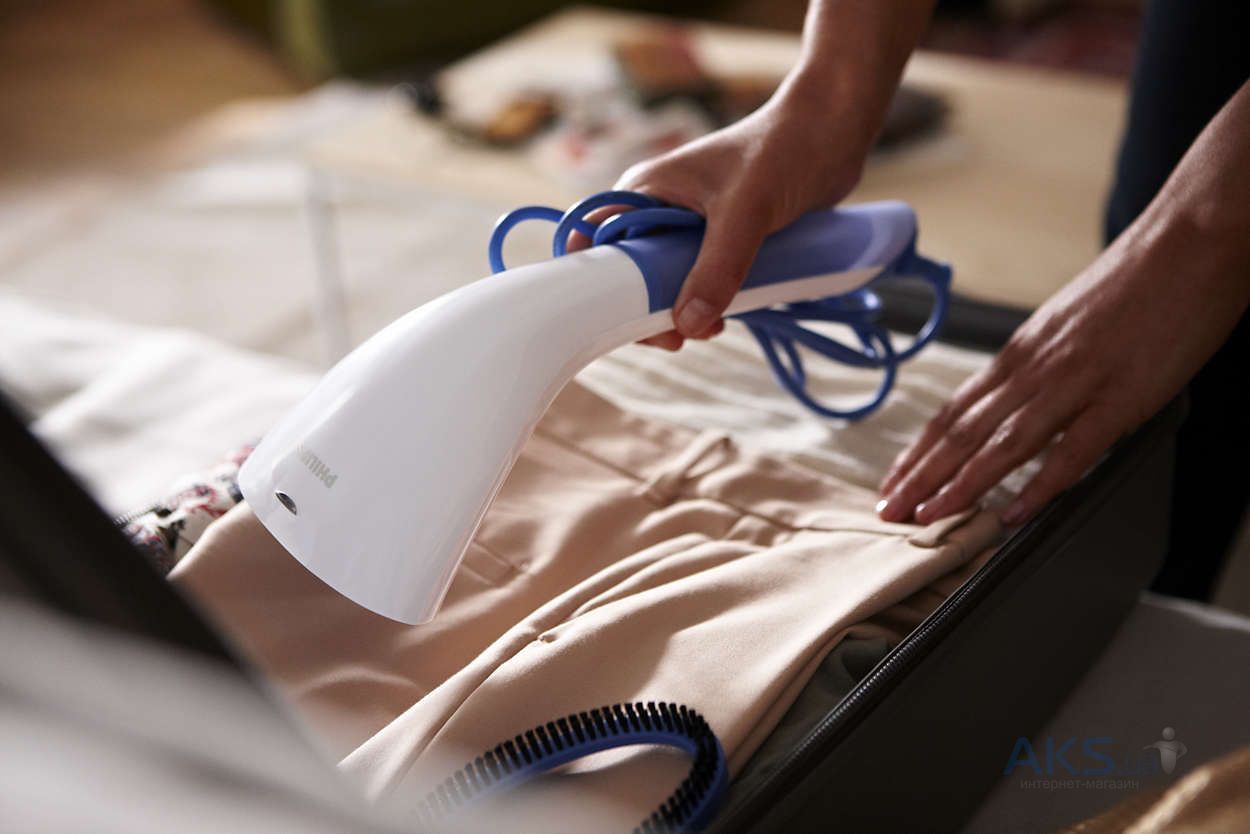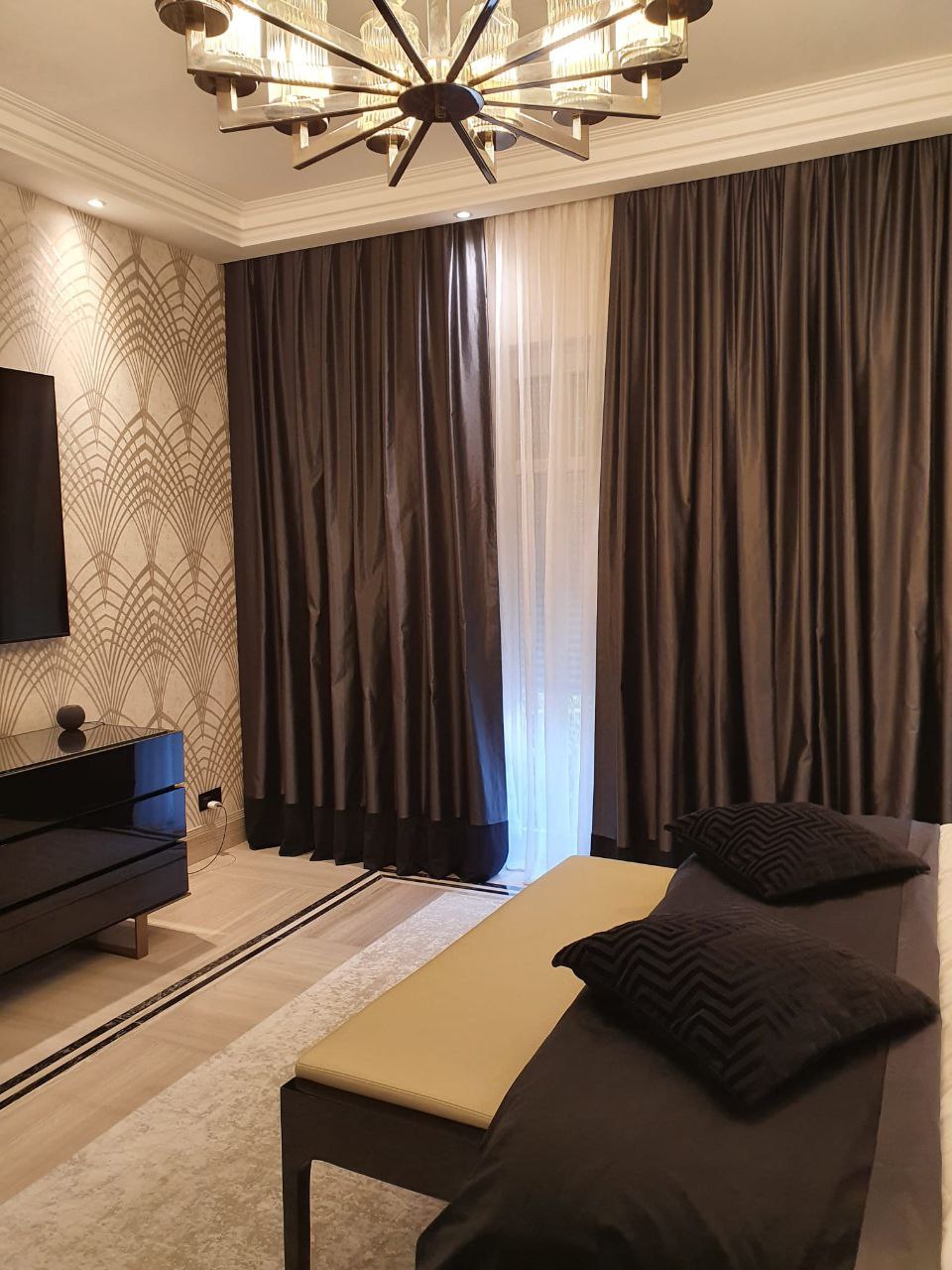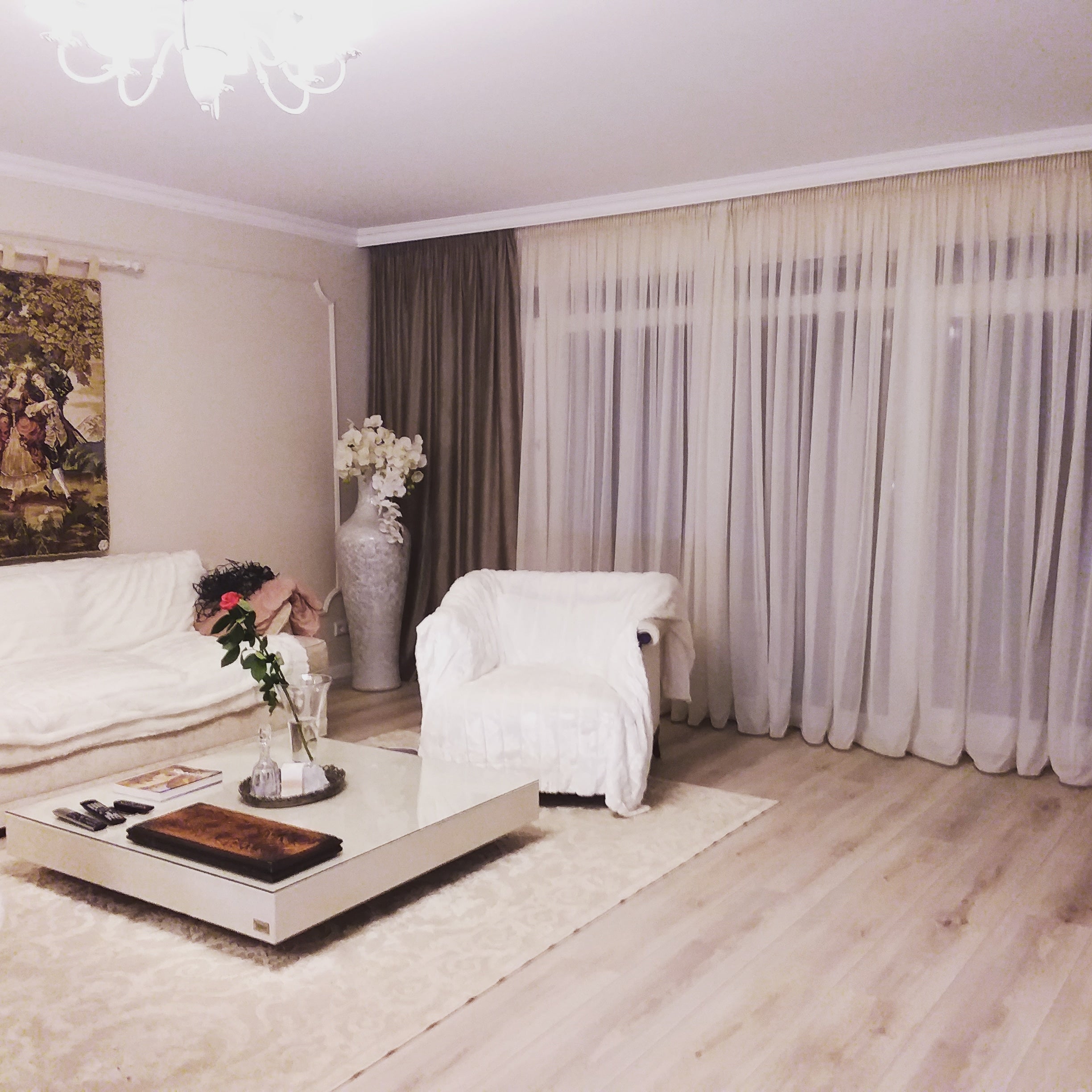
Recommendations for the care of curtains and drapes
Already at the time of the Egyptian pharaohs recognized the advantages of curtains and drapes. If these served in this their initial time mainly as protection from wind and sun, these developed in the course of many centuries to a firm component of each dignified household. But what is the difference between curtains and drapes in particular? The former are generally made of lighter fabrics, mostly allow light transmission, while curtains are made of more complex, opaque fabrics.
Recognizing the decorative importance, people soon began to use patterns, colors and shapes to add more to the original functionality.
Thus, curtains and drapes soon became the subject of innovative developments of materials and combinations thereof. Even more, these innovations in the material sphere also gave rise to the desire for artistic expressions, which soon adorned the walls of the wealthy. Which has continued to this day to the greatest extent.
However, with this tasteful solidity also comes the need to maintain and clean what belongs to the interior. A task that should be done at more or regular intervals due to various influences such as dust, smoke, the type of ventilation and light influence, etc.. Which should be done between 3 - 6 months, depending on how intensive they are. At this point we may take the liberty of giving you some advice on the subject of care tips for curtains. Already during the removal of the same, it is necessary to pay attention to the fact that they should have sufficient space. Depending on the fabric and their nature, they should avoid them to lie too long on top of each other because of the density and thus the weight. On the one hand, because this creates unnecessary and difficult to remove creases. On the other hand, because this would make it difficult for them to remove hooks, curtain or drape rings. In addition, this way they avoid overlooking any rings or hooks that may still be present, which could damage the fabric during washing. To avoid this, the use of so-called curtain rolls or extra bags is suitable, in which rings and the like can be stored and washed with. If necessary, there are washing instructions on the respective fabric, which is a sure indication to choose the appropriate washing program. Furthermore, one should pay attention to the capacity of the washing machine. As a basic rule, the optimal capacity of the washing machine - the average is 4-5 kilograms, with a filling capacity of 12 - 15 square meters, should not be exceeded. If one would exceed the filling quantity, it would inevitably come to a creasing, which would make lengthy ironing inevitable. Moreover, the result would be far from that degree of purity, which would also have an impact on the color scheme that they wish to see. When washing curtains by machine, however, there are other criteria that should not be ignored. One is easily tempted, in view of some dark discolorations, to use brighteners. To which one should reach only if one consulted before with a specialist about it. In particular, when it comes to adding these to colored materials that are to be washed in the machine. Some machines have a special washing program, which has been installed specifically for curtains and drapes. This allows them not to exceed the maximum washing time of no more than 25 degrees Celsius - for materials made of cotton. On the contrary, for curtains made of linen, the temperature is 40 -60 degrees. In the case of curtains and drapes made of natural fibers, special care should be taken. It is advisable to allow for an extra 10% of fabric at the time of purchase, as this material tends to lose volume during washing due to its sensitive nature. You should also choose a program that works at the maximum speed of 500 per minute. In general, one should use delicate washing programs with the lowest possible number of revolutions and low temperature. This applies in particular to pastel-colored, i.e. fine-colored fabrics, in order to avoid loss of color. There is nothing to prevent the addition of fabric softeners. These allow to give the fabric structure, softness, thus natural elasticity and to take on a pleasant scent. On the next point, which is particularly important, the often quoted opinions differ. But quite wrongly. For most fabrics from which curtains and drapes are made, that wisdom applies which has been considered almost irrefutable since the appearance of the first washing machines. That of "not spinning!" Spinning does damage to the texture and structure of most fabrics, and makes it difficult to remove the resulting creases. Fabrics that have a greater density in their structure, on the other hand, can be spun on briefly, and the spinning should only be done for as long as it takes to be able to remove them from the machine in a damp state. Another method of cleaning curtains and drapes, which is probably the gentlest, is washing them by hand. To do this, soak the fabrics overnight in cold water, add mild detergent or washing soda to brighten. Which requires a sometimes large container and patience, especially since curtains and drapes must still be dried the next day, since wringing out the fabric would rather harm than do good.
Also during the subsequent hanging, there are a few points to consider in order to bring this so important part of their interior back to its rightful place. In order to achieve an optimal result, they should hang up these best in ironing-damp condition. The residual moisture in this case results in the desired smoothness practically by itself.
Of course, we are also available for advice and assistance in this area. From the acceptance of the immaculate cleaning to the reapplication as well as in questions of maintenance. We at Prestige Decor will provide you with curtains and drapes during the entire process, so that you can be sure of your dignified comfort.

